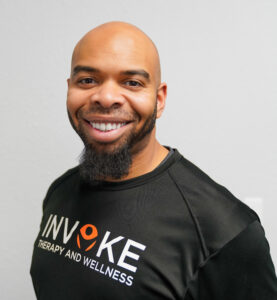
Soccer
Soccer is a sport rapidly growing in popularity in the USA, with over 14 million people playing this year. People close to the game know that soccer is a contact sport, and when contact is involved, the risk of injury goes up.
In soccer, like the other sports the most common area to injure is the lower extremity, with 60-90% of all injuries being to the lower extremity. As far as individual injuries hamstring strains account for 12.3%, ankle sprains 8.5%, and adductor strains make up 7.6%. Soccer demands a mix of anerobic and aerobic capabilities, jogging, sprinting, explosive kicks and jumps, direction changes, etc. Injuries anywhere to the lower extremity.
Even though on average injuries happen more at practice across all sports, in soccer athletes are 4X more likely to be injured in games. 66.6% of soccer related injuries are traumatic, the remaining 33.3% are overuse injuries.
As always, an ounce of prevention is worth a pound of cure. Knowing where the most common weak points are is a good step in the process of stopping injuries before they start. The first thing to look at is the ratio of strength of the hamstrings relative to the quadriceps muscles. If the hamstrings are weak in comparison the risk of hamstrings injury is s significantly higher. In isolation if the hamstrings eccentric strength is less than 256N there is also a high risk of injury to the hamstrings.
There should be rough parity between the lower extremities in comparison to each other. This can be checked with single leg hop distance. If there is a difference of 10% or more between sides, there is likely a significant deficit that needs to be addressed. Single leg hamstring bridges can also be a valuable tool to screen for deficiency. If either leg is limited to 20 reps or less, then that is abnormal and needs to be addressed.
The dynamism present in competitive soccer means that there are times that the athletes go airborne. Poor landing mechanics, specifically knee valgus (knock-knee) difference of 15% or greater between dominant and non-dominant is a predictor of future injury.
Hip external rotation strength of <18% of body weight puts the athlete at higher risk of lower extremity and back injury. The less dynamic stability an athlete has, the higher the risk of lower extremity injury.
Coaches can be game changers when it comes to the health and readiness of their athletes. Improving neuromuscular capacity and control greatly reduces the risk of injury. The interventions 11+ was created by FIFA to address these injury concerns and has been found to reduce injuries by 48%!
Simple changes can benefit your athlete in so many ways. Greater resistance to injury may be the most important one. Availability is the best ability after all. Come see us at Invoke Therapy, use our technology and expertise to get the answers to the questions that you might not have thought of asking. The answers to what’s my Q angle on landing, or how do my external rotator compare to the norm could be the difference between a great season and one cut short by injury.
Dr. Roger Cato Jr, DPT

